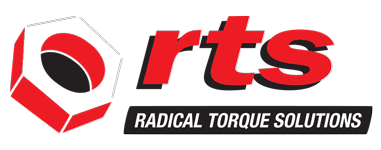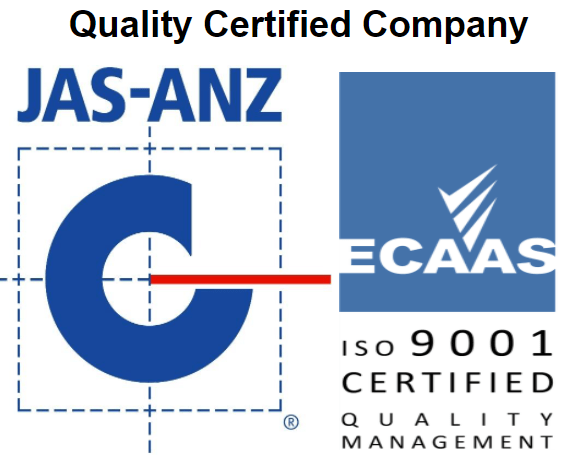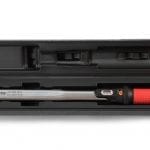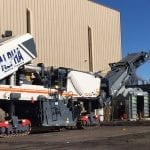Torque Tool Safety
Torque Tools were invented back in 1900 to accurately control the tension in fasteners on a repeatable and consistent basis. To this day they still remain the most cost effect way of guaranteeing repeatable results for the assembly of fasteners and controlled bolting throughout industry.
The form of these tools however has changed dramatically from the early tension wrench and today there are many different types on the market using the latest advancements in technology. Originally the tension wrench relied purely on manpower to operate the tool but with the development of planetary gearboxes we now have tools that are powered by Pneumatic, Battery, Electric, Hydraulic and even battery powered motors.
The development of these powered torque tools has meant that far higher torque values are able to be applied by one person alone but with this has come an element of risk which was not present in a manual torque wrench.
Newton’s Law dictates that for every applied force there is an equal and opposite reaction force – with a manual torque wrench this equal and opposite force is absorbed by the tool user but when we use a powered multiplier there is no way that the operator can physically hold or absorb the reaction force, this has to be absorbed by a reaction arm.
Before using any of these torque tools for your application it is therefore essential that you fully understand how the tool operates and the associated risks around its use. Torque Tool Safety is key to ensure the job being carried out is incident free and both the operator and others in the vicinity are free from harm.
Before using any torque tool the user should:
- Read the user manual. The correct operation of any torque tool is essential not only to ensure the safety of the operator but also by knowing the features and functions of the tool being used the operator will be able to use the tool within it’s capacity maximizing reliability and tool life.
- Wear safety goggles. Goggles or safety eyewear should always be worn to protect your eyes from possible debris or any hazard that could arise from using high pressure hydraulic or pneumatic power sources.
- Wear gloves. Trade or heavy duty gloves protect the user from potential cuts and abrasions from any sharp edges on sockets, reaction arms or the joint being assembled and tightened.
- Wear safety boots. The use of safety footwear ensures the user is protected from possible drop hazards such as sockets, reaction arms and torque tools when working.
- Check your equipment. Before using any tool for the first time each day or shift make sure that you conduct a complete visual inspection of both the torque tool and all of its associated parts such as high pressure hoses, electrical cables and torque pumps etc. Once you are confident that everything looks in excellent condition the tool should then be operated and inspected again on the workshop bench or floor to ensure that everything operates correctly under pressure without any leaks before it is fitted to the first bolt to be tightened.
- Set your required torque output. Every torque tool should be supplied with a calibration certificate and in the case of a Pneumatic or Hydraulic Powered Torque tool it will come with a torque chart that will tell you what pressure you will need to set your high torque pump or compressor to so that you obtain the required torque. This setting should always be made when the tool is free running and not fitted to the joint being tightened.
- Apply the torque safely. With the appropriate High Torque Impact socket fitted careful position the tool in position taking care to keep your hands away from both the tool trigger and the reaction arm. Once fitted ensure that the reaction arm is positioned as close as possible to the next bolt in the joint or the reaction surface being used, this will minimize the pinch point potential when tightening. Now with both hands away from the reaction point pull the trigger and apply the torque in accordance with the appropriate operating instructions.











